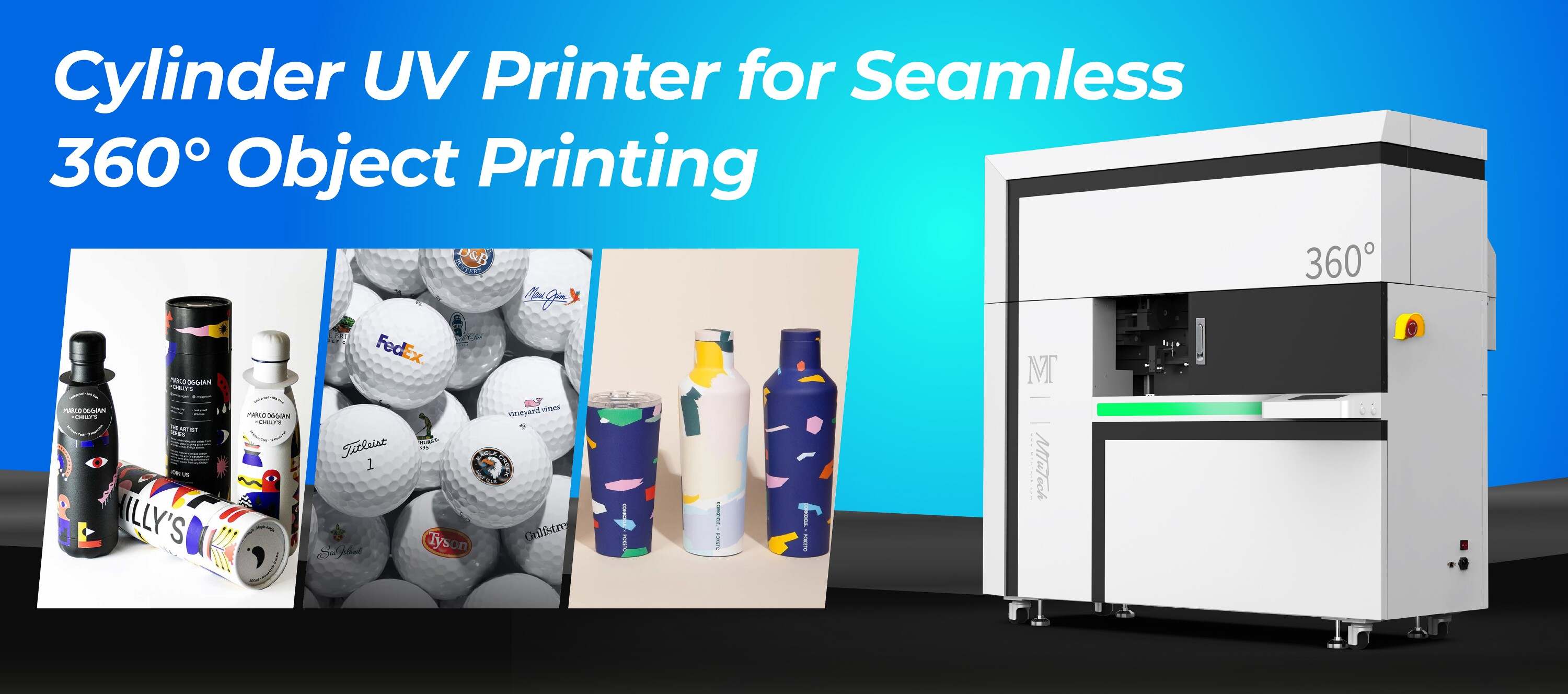Understanding Adhesion Promoters in Cylinder UV Printing
Introduction
Cylinder UV printing has revolutionized the way we print on cylindrical surfaces, providing clear, vibrant images and designs on a myriad of materials. However, the process can come with its own set of challenges, particularly when it comes to ink adhesion. This is where adhesion promoters play a critical role. In this blog post, we will delve into what adhesion promoters are, their importance in cylindrical UV printing, and how they enhance print quality and durability.
What are Adhesion Promoters?
Adhesion promoters are chemical additives designed to enhance the adhesion properties of inks and coatings on various substrates. These can be particularly beneficial in cylinder UV printing, where the surface characteristics of the substrate can interfere with ink adhesion. Essentially, adhesion promoters work by modifying the surface energy of the substrate or the ink, facilitating a stronger bond between the two.
Why Are Adhesion Promoters Important in Cylinder UV Printing?
In cylinder UV printing, achieving optimal adhesion is crucial for both aesthetic and functional reasons. Here are some of the primary benefits of using adhesion promoters:
·
Improved Print Quality: Enhancing adhesion leads to clearer images and vibrant colors, as the ink adheres better to the substrate without running or smudging.
·
·
Increased Durability: Proper adhesion results in prints that withstand wear and tear better, boosting the longevity of the printed item.
·
·
Wider Material Compatibility: Adhesion promoters expand the range of materials that can be printed on, including difficult substrates like metals, plastics, and glass.
·
·
Reduced Production Errors: When ink adheres properly, the likelihood of production errors such as peeling or flaking decreases significantly.
·
How Do Adhesion Promoters Work?
The working mechanism of adhesion promoters can be attributed to their ability to modify surface properties. Here’s a more detailed look at how they operate:
Surface Energy Modification
Many substrates possess low surface energy, which can deter ink from properly adhering. Adhesion promoters are designed to increase the surface energy of these materials, thus facilitating a stronger bond. This modification can occur in multiple ways:
·
Chemical Interaction: Adhesion promoters can chemically interact with both the substrate and the ink, creating a stronger interfacial bond.
·
·
Surface Wetting: By improving the wetting of the ink on the substrate, adhesion promoters allow for better ink spreading and coverage.
·
Types of Adhesion Promoters
There are several different types of adhesion promoters available on the market, each tailored for specific applications:
·
Silane-based Promoters: These are widely used in UV printing on glass and metals. They form a covalent bond with the substrate that enhances ink adhesion.
·
·
Polymer-based Promoters: Often utilized in plastic substrates, these promoters create a stronger interface to support ink adhesion.
·
·
Solvent-based Promoters: These are effective for low-energy surfaces, helping to improve the adhesion of inks in challenging applications.
·
Selecting the Right Adhesion Promoter
Choosing the right adhesion promoter is fundamental to successful cylinder UV printing. Here are some factors to consider:
Substrate Type
The material being printed on greatly influences the type of adhesion promoter you will need. For example, glass and metal will require different promoters compared to plastic or wood.
Ink Composition
Consideration of the ink type being used is also vital. Not all inks are compatible with every promoter. Research is crucial, as some combinations could produce suboptimal results.
Application Environment
The environment in which the printed items will be used can affect adhesion. Items exposed to extreme temperatures, moisture, or chemicals may require more robust adhesion solutions.
Best Practices for Using Adhesion Promoters
To maximize the effectiveness of adhesion promoters in cylinder UV printing, adhering to best practices is essential. Here are some tips:
·
Surface Preparation: Always ensure the substrate is clean and free from contaminants. This often involves cleaning with solvents or abrasives to enhance the surface texture for better adhesion.
·
·
Proper Mixing: If the adhesion promoter requires mixing, ensure thorough blending as per the manufacturer’s instructions to achieve optimal performance.
·
·
Conduct Tests: Before full-scale production, conduct test prints to evaluate adhesion performance and adjust the process as needed.
·
·
Follow Manufacturer Guidelines: Always adhere to guidelines provided by the adhesion promoter manufacturer, as they offer valuable insights into application techniques and compatibility.
·
Conclusion
Adhesion promoters are integral to achieving high-quality results in cylinder UV printing. Their ability to improve adhesion, enhance durability, and broaden the range of printable materials makes them invaluable in the industry. By understanding the importance of adhesion promoters and applying best practices in their use, businesses can achieve striking and long-lasting prints. If you're looking to explore your options for cylinder UV printing, explore our high-quality Cylindrical printers here.
FAQ
What is the primary function of adhesion promoters in cylinder UV printing?
The primary function of adhesion promoters is to enhance the adhesion of inks and coatings to substrates, resulting in improved print quality and durability.
Can adhesion promoters be used with any type of substrate?
Not all adhesion promoters are compatible with every substrate. It is crucial to select a promoter that is designed for the specific material you are printing on.
How do I know if I need an adhesion promoter for my project?
If you are facing issues with ink adhesion, such as smudging, peeling, or poor wear resistance, an adhesion promoter may be necessary for your project.
Are there any environmental factors that can affect adhesion?
Yes, environmental factors such as temperature and humidity can significantly impact ink adhesion. Consider the end-use environment when selecting adhesion promoters and inks.
What are some common mistakes to avoid when using adhesion promoters?
Common mistakes include inadequate surface preparation, incorrect mixing ratios, and neglecting to test for compatibility between the ink, substrate, and adhesion promoter.

